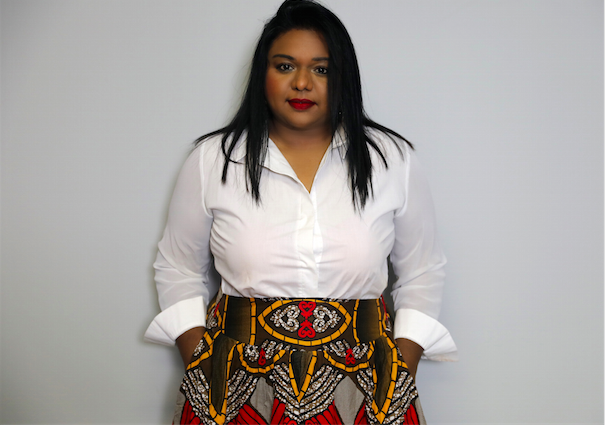Cheryl Reddy, Managing Partner and Africa Lead at Eclipse Communications, cites Statistics South Africa’s 2020 mid-year estimates, which show that South Africa’s more than 59.2 million citizens comprise of people from vast ethnic and cultural backgrounds, differentiated further by age, sexual orientation, education, religion, gender and geography. Brands should tap into cultural intelligence in order to connect with these diverse groups.
South African brands have experienced several marketing blunders over the years, with the recent haircare brand catastrophe gaining considerable international attention on the back of consumer uproar and political party protests.
This diverse population and a rapidly evolving digital media landscape where everything is laid bare for scrutiny, makes it important for brands to tread carefully. By using cultural intelligence, brands should connect with diverse, as well as marginalised and underrepresented groups, on a personal level.
Authentically leading with purpose
Inclusivity and diversity in marketing are not trends but rather are important considerations that form a natural part of the process to ensure cultural awareness. They are also not one and the same. Diversity is about the makeup of a population or workforce, while inclusion is a measure of culture that enables diversity to thrive. Inclusion requires everyone’s contributions to be valued and for people to be accepted, irrespective of creed.
Insights presented in Deloitte’s 2020 Global Marketing Trends: Bringing Authenticity To Our Digital Age, suggests that 53% of South African millennials changed their relationships with a brand because of the impact of its products or services on the environment or society. This outlook also drives the future workforce, with younger generations wanting to work at companies with an authentic purpose. More than 70% of millennials expect their employers to focus on societal or mission-driven problems.
Steps to ensure inclusivity
• Know your audience
Diversity and inclusion won’t apply to every brand. Look at available data to understand representation that can be documented such as gender, race, etc. Then, go one step further by involving team members and focus groups to better understand demographics and characteristics to ensure the brand speaks to the right people.
• Test your diversity messaging with consumers
Before spending millions of rands on a campaign, brands should test the waters to ensure their messaging resonates with the consumers they target. This can be done through focus groups or market research.
• Work with diverse agencies
A diverse creative team will most often put forward ideas that understand varied consumer audiences and how they are expected to react. Work with an agency that is diverse in its people as well as diverse in its thinking.
• Give back to community organisations
Brands should drive home their values by supporting organisations that enrich and support the communities that their customers live in or care about.
• Create an inclusive environment
While team diversity is key, so are the environments they operate in. People should feel respected and have the freedom to share ideas and know that their input will be considered.
Brands that got it right
Netflix
Believing that content can be from anywhere and loved everywhere, Netflix’s ‘Made in Africa, Watched by the World’ narrative offers both diversity and variety, with the company investing heavily in taking African content to a global audience. Netflix scours the globe to find great stories and storytellers, enabling them with the tools they need to tell the best version of their stories for audiences around the world to enjoy.
Dove
Research by personal care brand Dove in late 2019 reveals that 71% of South African women do not feel represented by everyday images used in media and adverts, with 75% calling for brands to take responsibility for the stock imagery they use. Partnering with Getty Images and Girlgaze, Dove’s Project #ShowUs aims to create the largest stock photo library created by women and non-binary individuals to shatter beauty stereotypes.
What brands can do differently
• Planning
All brands should have a proper issues framework and scenario plans in place. This will allow them to respond quickly should they be accused of any wrongdoing. Additionally, it provides the brand the opportunity to prepare their teams to convey the correct message post-mistake and take decisive steps moving forward.
• Take ownership
Brands that find themselves in predicaments such as the one experienced by Clicks should own their mistakes, authentically apologise and take decisive actions to improve the wrongdoing, instead of passing the blame. Being accountable as a brand is vital as opposed to trying to blame junior staff. Show heart and transparency – two key elements of rebuilding brand trust.
The long road to recovery
Consumers are citizen journalists and now anyone with a phone and a social media platform can comment on anything and everything. There is no easy road to recovery for brands who make damaging statements or create tone deaf campaigns as they will erode years of brand building. It will take so much longer to forgive and forget the bad.
ECLIPSE COMMUNICATIONS
www.eclipsecomms.com











